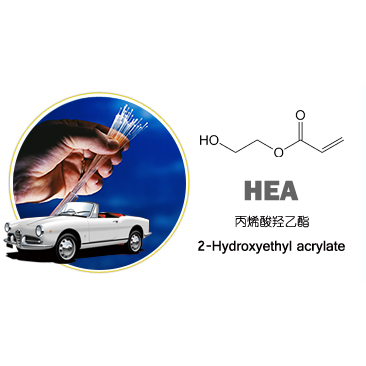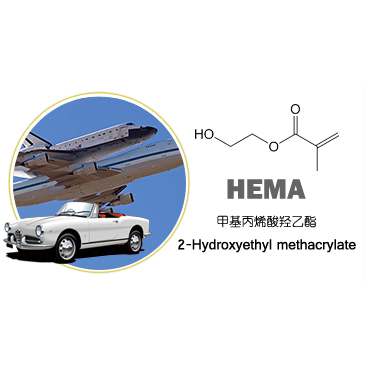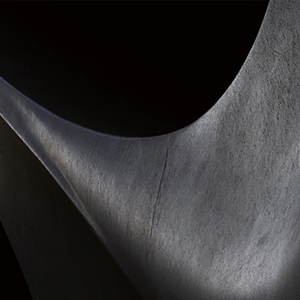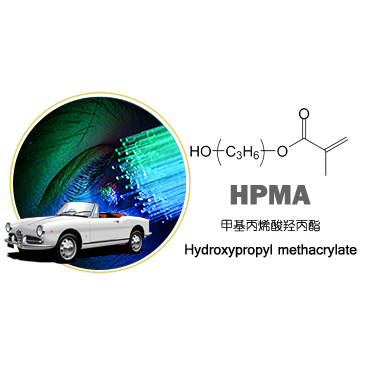- E-mail : info_marketing@jindunchemical.cn
- Phone : +86 21 64057580
- Address : Shanghai China
What does a corneal bandage lens do? Why do I need it?
Recently, a reader asked a question on the Little Red Book platform: How long do I need to wear the bandage lens after the artificial cornea transplant?
After seeing this question, my first reaction was: This reader must not know much about Mih artificial cornea, because... There is no need to wear a corneal bandage lens after a Michele I.C.T. transplant. The wearing of a corneal bandage lens is only a treatment after a Boston Type I I.C.T. transplant.
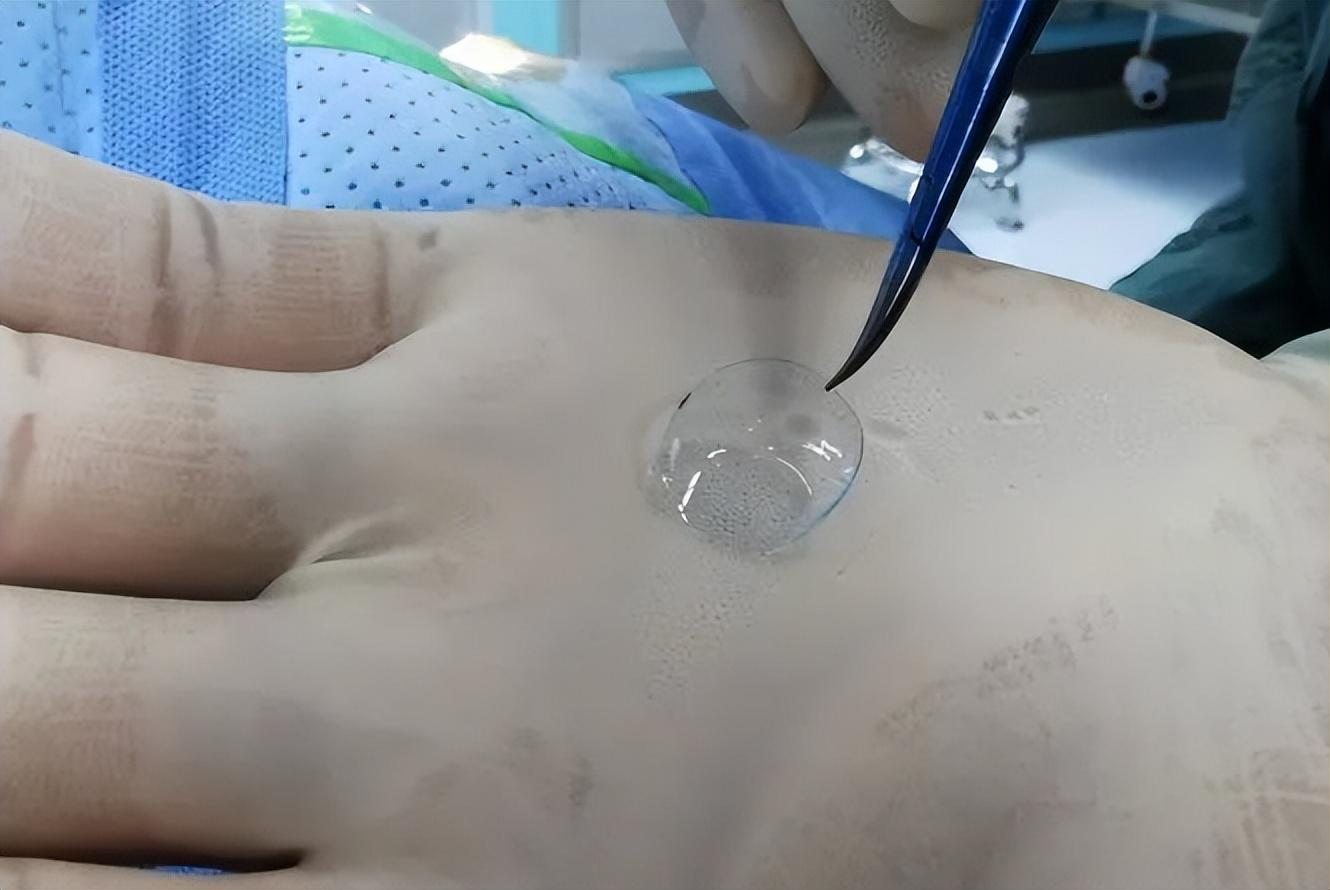
I have since answered this reader's questions, but reading between the lines, I can see that she still doesn't fully understand the corneal bandage lens. So, today we will take this opportunity to talk about "corneal bandage lens".
--The lens is a type of corneal bandage.
Many people only know about keratoplasty, but know little about corneal bandage lenses. In fact, in the prevention and treatment of ocular surface diseases, corneal bandage lens is widely used. It is a type of corneal contact lens, made of a special soft material that is ultra-thin and fully transparent.
The lens diameter of keratoplasty lens is larger, about 6~8mm, which can be directly attached to the tear layer on the surface of cornea, so that the wounds, exposed nerves, epithelial cells or tear film of cornea are not directly exposed to the outside world, and therefore can play a role similar to that of a bandage.
Corneal bandage lenses, used in three main scenarios
In the 1970s, corneal bandage lens was introduced, the early material is hydrogel, its composition is hydroxyethyl methacrylate, this material is soft, good water absorption, help reduce the external friction that may cause corneal damage, but its oxygen permeability is not enough, long-term wear can cause corneal hypoxia and other adverse reactions.

At the end of the 1990s, silicone hydrogel material appeared, which is a combination of fluorinated silicone and hydrogel, with an oxygen permeability 3-6 times higher than that of hydrogel, and the hydrophilic treatment improves the water content and anti-precipitation properties of the lens, making it suitable for long-term wear, thus gradually replacing hydrogel lenses.
The continuous improvement of the material and function of corneal bandage lenses has led to a rapid expansion of their application in the clinical field, mainly in the prevention and treatment of keratoconjunctival disease, dry eye control and ophthalmic surgery, where corneal transplantation belongs to the category of ophthalmic surgery.
For it, corneal bandage lenses are routine supplies
In the 1970s, corneal bandage lenses began to be used after corneal transplantation to promote corneal epithelialization, reduce suture irritation, and reduce margin irregularities or leakage.
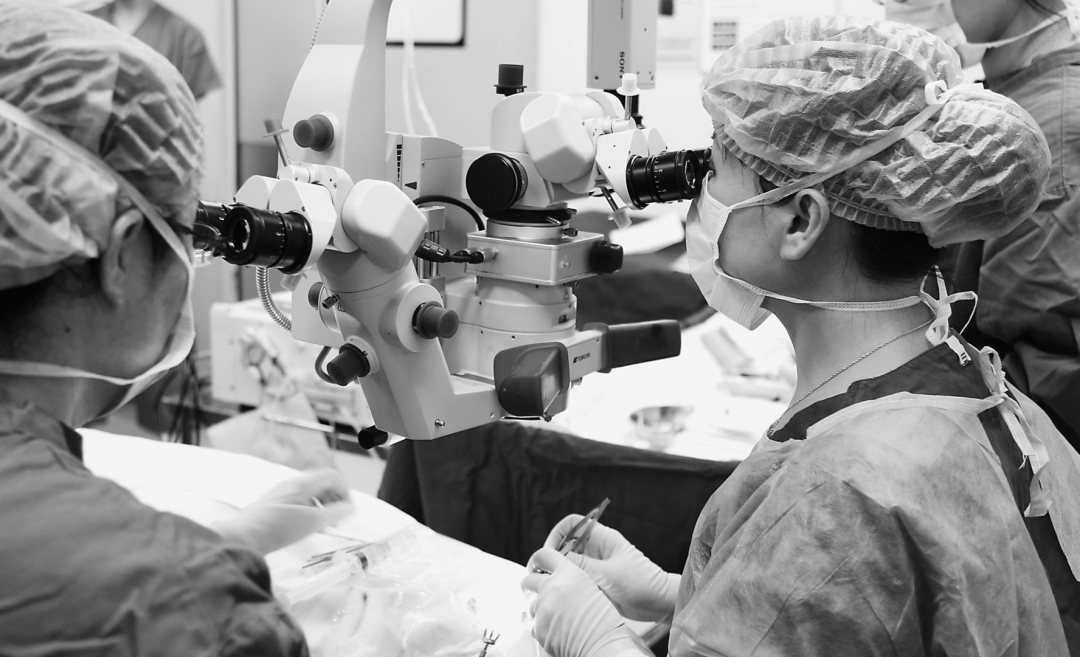
However, researchers found by comparison that corneal bandage lenses did not promote epithelial healing of corneal implants and did not relieve patient pain.
Therefore, the safety and efficacy of corneal bandage goggles for use after corneal transplantation remains to be investigated.
In addition, corneal surface irregularities are more severe after corneal transplantation, making it difficult for soft corneal bandage lenses to adhere and center effectively. Although there is no clear evidence to support this, the absence of corneal innervation and suppressed immune function in the short-term postoperative period puts the cornea at risk for infected ulcers.
After Boston Type I I.C.G., wearing a corneal bandage lens has become a routine treatment to keep the corneal tissue surrounding the anterior disc of the I.C.G. moist, and because the corneal tissue in the anterior disc is prone to dryness, epithelial loss, depression, or lysis, the purpose of wearing a corneal bandage lens is to keep this part of the cornea moist.
At the same time, since antibiotics need to be applied prophylactically to the eye after artificial cornea surgery, and the drugs will be rapidly discharged from the nasolacrimal duct, causing systemic adverse reactions, wearing corneal bandage lenses can prolong the residence time of the drugs in the tear film, increase the duration of drug action and reduce systemic adverse reactions.
It is important to note that long-term use of corneal bandage lenses may lead to infection.
Some researchers have found by laser scanning electron microscopy that after 48 h of corneal contact lens wear, a biofilm formed by microbial colonies on the surface, and this biofilm this biofilm is closely associated with infection.
In addition, corneal bandage lenses are often difficult to fit for patients with severe ocular surface damage or for corneal transplants that require a combination of multiple procedures, such as placement of a glaucoma drainage device.
However, despite the drawbacks of corneal bandages, their role in corneal transplantation/artificial cornea transplantation cannot be underestimated. So the question is, is it possible to do without a corneal bandage lens after a MiH I.C.T.?
First of all, during the process of implantation, the MiH artificial cornea is only implanted with a stent between the layers of the cornea, which does not cause extensive damage to the cornea, so the patient's corneal tissue will not easily suffer from adverse conditions such as dryness, epithelial loss, depression or dissolution.
Secondly, Boston artificial cornea requires frequent adjustment of medication, while Meech artificial cornea transplantation only gives one medication topically after the procedure, which will not cause excessive loss of medication and will not cause the occurrence of systemic adverse reactions~
-
date
2022-10-10
-
location
Shanghai, China








































